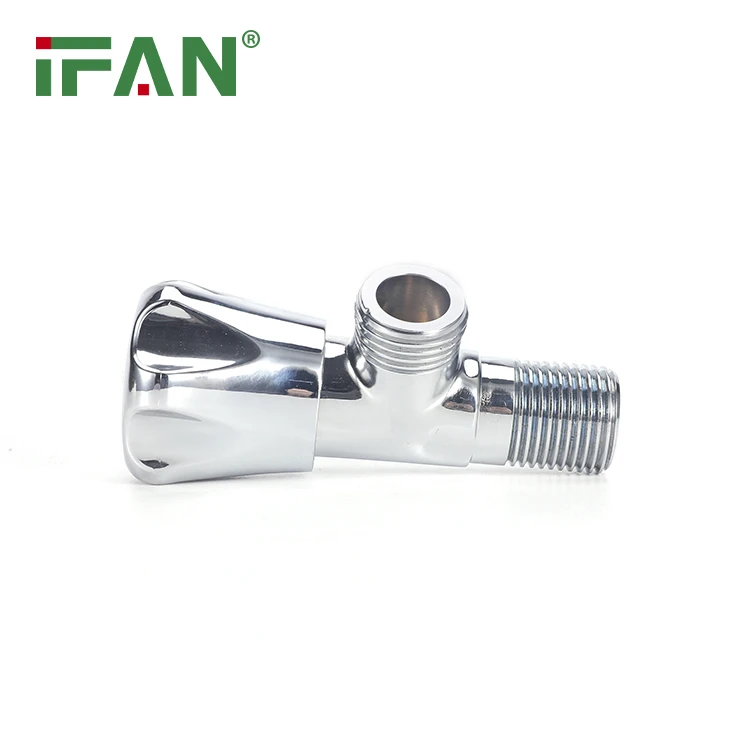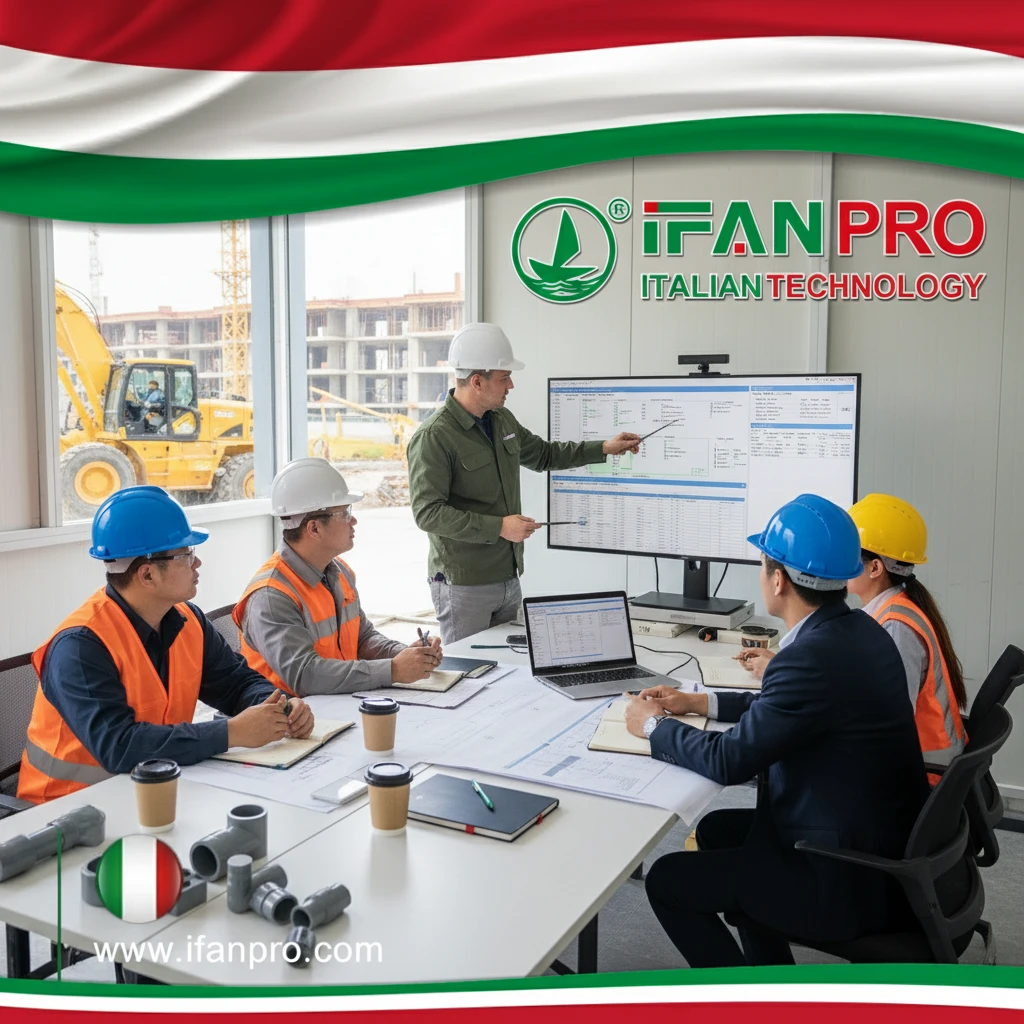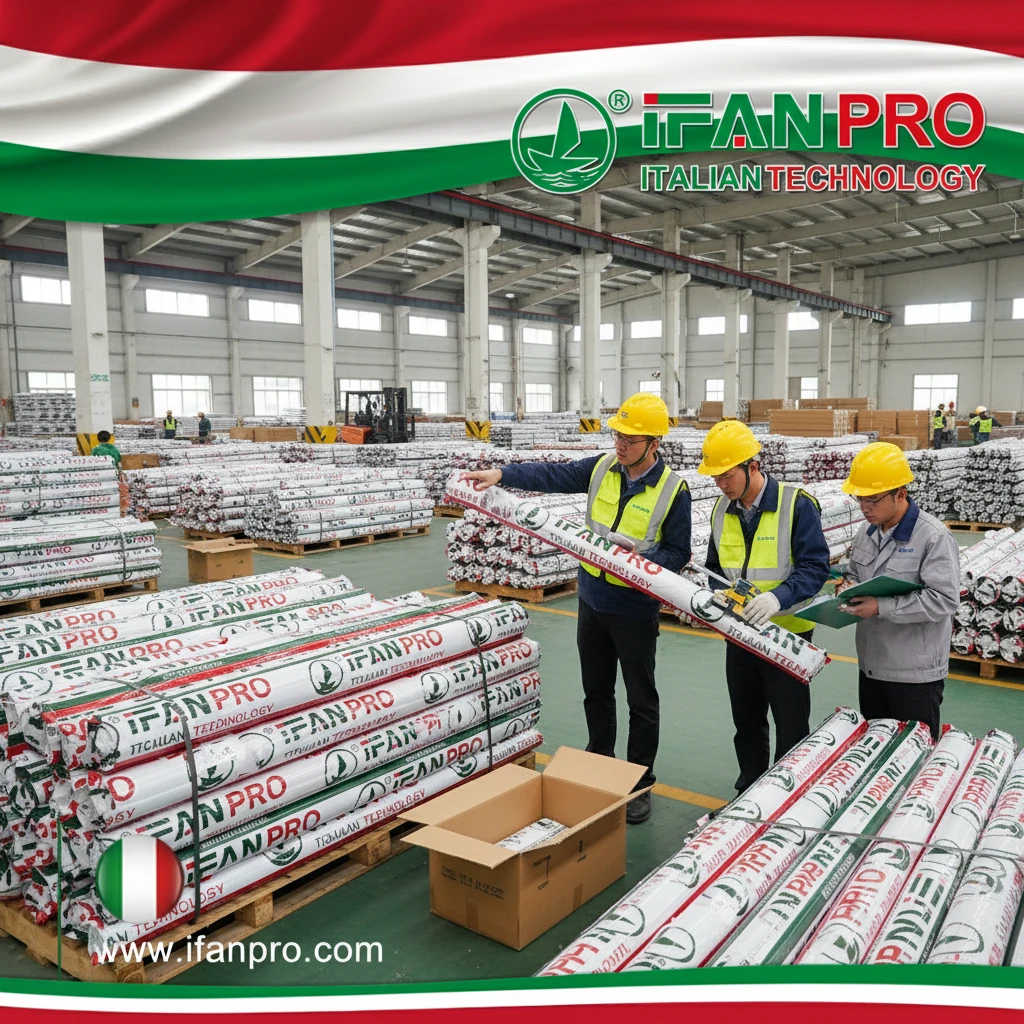After replacing thousands of leaky rubber washer valves in commercial buildings, I’ve witnessed firsthand how ceramic disc technology has revolutionized valve reliability. One hotel property we converted from traditional to ceramic disc valves reduced their maintenance calls by 90% in the first year alone.
Ceramic disc valves are exceptionally durable, typically lasting 10-15 years in residential use and 5-8 years in commercial applications—significantly longer than traditional rubber washer valves. The ultra-smooth, hardened ceramic surfaces resist wear even with frequent use, maintaining leak-free operation through hundreds of thousands of cycles.
The superior durability stems from advanced materials science and precision manufacturing that creates nearly friction-free sealing surfaces. Let’s examine what makes these valves so reliable and how to maximize their service life.
What Materials and Manufacturing Processes Ensure Ceramic Disc Durability?

I recently toured a ceramic disc manufacturing facility and was impressed by the level of precision involved. The manufacturer showed me discs that had endured 500,000 test cycles with minimal wear—far exceeding the 100,000-cycle industry standard.
High-purity aluminum oxide ceramics (96-99% Al₂O₃) with Rockwell 80-90 hardness ratings ensure exceptional wear resistance, while precision lapping creates surface flatness within 2-3 light bands (0.00003-inch tolerance). Advanced sintering processes at 1600-1700°C create dense, non-porous structures that resist chemical attack and mechanical wear, as outlined in ASME A112.18.1.
Material Selection Excellence
The specific materials used determine long-term performance:
Ceramic Composition
High-alumina content ceramics provide:
- Vickers hardness of 1600-2000 HV
- Compressive strength exceeding 2000 MPa
- Chemical inertness to water and common chemicals
- Minimal thermal expansion for dimensional stability
Metal Component Quality
The housing and mechanical components use:
- Brass with low lead content (<0.25%)
- Stainless steel springs and fasteners
- Precision-machined sealing surfaces
- Corrosion-resistant plating or coating
Manufacturing Precision
The production process ensures consistency:
Surface Perfection Process
- Coarse Grinding: Diamond wheels create initial flatness
- Precision Lapping: Successively finer abrasives achieve mirror finish
- Laser Measurement: Verifies flatness within microns
- Selective Assembly: Matches discs with identical flatness
Quality Control Standards
Each manufacturing step includes verification:
- Raw material purity certification
- Dimensional checks at multiple stages
- Random destructive testing from each batch
- Cycle testing of finished products
Durability Comparison by Manufacturing Quality
| Quality Grade | Ceramic Purity | Flatness Tolerance | Expected Cycles | Price Premium |
|---|---|---|---|---|
| Economy | 96% Al₂O₃ | 5-6 light bands | 100,000-200,000 | Base |
| Standard | 98% Al₂O₃ | 3-4 light bands | 300,000-500,000 | 20-30% |
| Premium | 99% Al₂O₃ | 1-2 light bands | 750,000-1,000,000 | 50-100% |
How Does Water Quality Affect the Lifespan of Ceramic Disc Mechanisms?
We tracked valve failures across multiple municipalities with different water qualities and found dramatic differences. In areas with aggressive water, ceramic discs lasted 3-4 times longer than rubber washers, while in soft water areas, the advantage was even more pronounced.
Abrasive sediments like sand and rust particles cause microscopic scratching that compromises the perfect seal between ceramic surfaces, while low-pH water accelerates metal component corrosion. Mineral scale buildup can impede disc rotation, and high chlorine levels may degrade lubricants and seals over time.
Water Contaminant Impacts
Different water quality issues affect valves differently:
Particulate Damage
Sand, rust, and pipe scale particles:
- Embed in softer ceramic surfaces
- Create microscopic grooves during operation
- Prevent complete sealing contact
- Accelerate wear exponentially
We found that installations without sediment filters showed 60% more failures within five years compared to filtered systems.
Chemical Attack
Aggressive water chemistry causes:
- Low pH: Dissolves brass components, particularly zinc
- High Chlorine: Attacks rubber seals and lubricants
- Soft Water: Increases metal leaching rates
- High TDS: Accelerates galvanic corrosion
Protection and Mitigation
Several strategies extend valve life:
Filtration Solutions
- Sediment Filters: 20-50 micron filters protect against particles
- Carbon Filters: Remove chlorine and chloramines
- pH Neutralization: Calcite filters correct low pH water
Material Selection by Water Type
Choose valves based on local water conditions:
| Water Condition | Recommended Valve Type | Additional Protection |
|---|---|---|
| Hard Water | Standard ceramic disc | Pre-filter for sediment |
| Soft/Corrosive | Brass with protective coating | pH correction system |
| High Chlorine | Stainless steel components | Carbon filtration |
| Sandy Water | Heavy-duty industrial valves | Multi-stage filtration |
What Testing Standards Verify the Longevity of Ceramic Disc Valves?
When a client demanded proof of our valve lifespan claims, we conducted accelerated testing that simulated 20 years of use in just six months. The results not only validated our claims but revealed which failure modes occurred first—information that helped us improve our installation practices.
ISO 3821 and ASME A112.18.1 define standardized cycle testing, pressure endurance, and hydrodynamic performance requirements, while NSF/ANSI 61 certifies material safety. Quality manufacturers conduct accelerated life testing exceeding 500,000 cycles and thermal shock testing between 4°C and 90°C to verify real-world durability.
International Testing Protocols
Standardized tests ensure consistent quality:
Cycle Life Testing
- Minimum Requirement: 100,000 full open/close cycles
- Premium Standard: 300,000-500,000 cycles
- Test Frequency: 4-8 cycles per minute
- Failure Criteria: Leakage exceeding specified rates
Pressure Testing
Valves must withstand:
- Burst Pressure: 2.5 times working pressure
- Endurance: 100,000 pressure cycles
- Hydrostatic Strength: No deformation at maximum pressure
- Seal Integrity: No leakage under varying pressures
Performance Verification Methods
Manufacturers use multiple validation approaches:
Accelerated Aging
- Elevated temperature operation
- Increased cycle frequency
- Aggressive water chemistry
- High particulate concentrations
Real-World Simulation
- Mixed hot/cold water cycling
- Variable pressure conditions
- Intermittent usage patterns
- Mineral buildup testing
Certification Hierarchy
Not all certifications carry equal weight:
| Certification | Testing Scope | Stringency | Market Recognition |
|---|---|---|---|
| Manufacturer Self-Test | Basic cycles, pressure | Variable | Low |
| National Standards (GB, ANSI) | Standardized cycles | Moderate | Medium |
| International (ISO, EN) | Comprehensive testing | High | High |
| Third-Party (NSF, IAPMO) | Independent verification | Highest | Highest |
How Does Ceramic Disc Durability Compare to Traditional Rubber Washer Valves?
Our maintenance records from apartment buildings show a clear pattern: buildings with rubber washer valves average 2.3 service calls per unit annually, while ceramic disc buildings average just 0.4 calls—an 83% reduction in maintenance costs.
Ceramic disc valves typically last 3-5 times longer than traditional rubber washer valves, with service life of 10-15 years versus 2-4 years for rubber washers. The hard ceramic surfaces maintain perfect sealing through hundreds of thousands of cycles, while rubber deteriorates from compression set, chemical attack, and mechanical wear.
Performance Comparison Analysis
Direct comparison reveals significant advantages:
Mechanical Wear Resistance
- Ceramic Discs: Minimal wear even after 500,000 cycles
- Rubber Washers: Visible deterioration after 10,000 cycles
- Seal Integrity: Ceramic maintains <1 drop/minute leakage vs rubber increasing over time
Chemical Resistance
- Ceramic: Inert to chlorine, pH variations, and water treatment chemicals
- Rubber: Swells, hardens, or cracks when exposed to chlorine and ozone
- Temperature Tolerance: Ceramic handles 0-90°C range vs rubber limited to 5-60°C
Total Cost of Ownership
The durability advantage translates to financial benefits:
Maintenance Cost Analysis
Based on 100-unit residential building:
| Cost Factor | Rubber Washer Valves | Ceramic Disc Valves | Savings |
|---|---|---|---|
| Annual Repairs | 230 calls @ $85/call = $19,550 | 40 calls @ $85/call = $3,400 | $16,150 |
| Valve Replacement | 25% annually = 25 valves @ $18 = $450 | 5% annually = 5 valves @ $32 = $160 | $290 |
| Water Damage Risk | Higher due to sudden failure | Lower due to gradual failure | Significant |
| Total Annual Cost | $20,000 | $3,560 | $16,440 |
User Experience Differences
The durability advantage affects daily use:
Operation Consistency
- Ceramic Discs: Smooth, consistent operation throughout lifespan
- Rubber Washers: Increasingly difficult operation as rubber deteriorates
Failure Mode Comparison
- Ceramic Discs: Gradual failure with minor dripping
- Rubber Washers: Sudden catastrophic failure causing flooding
Water Hammer Resistance
- Ceramic Discs: Vulnerable to sudden pressure surges
- Rubber Washers: Natural cushioning absorbs shock better
Conclusion
Ceramic disc angle valves offer significantly superior durability compared to traditional rubber washer valves, typically lasting 3-5 times longer while providing more consistent operation and lower lifetime costs. Proper material selection, manufacturing quality, and water quality management maximize their exceptional service life, making them the optimal choice for both residential and commercial applications where reliability and reduced maintenance are priorities.













Commentaires récents